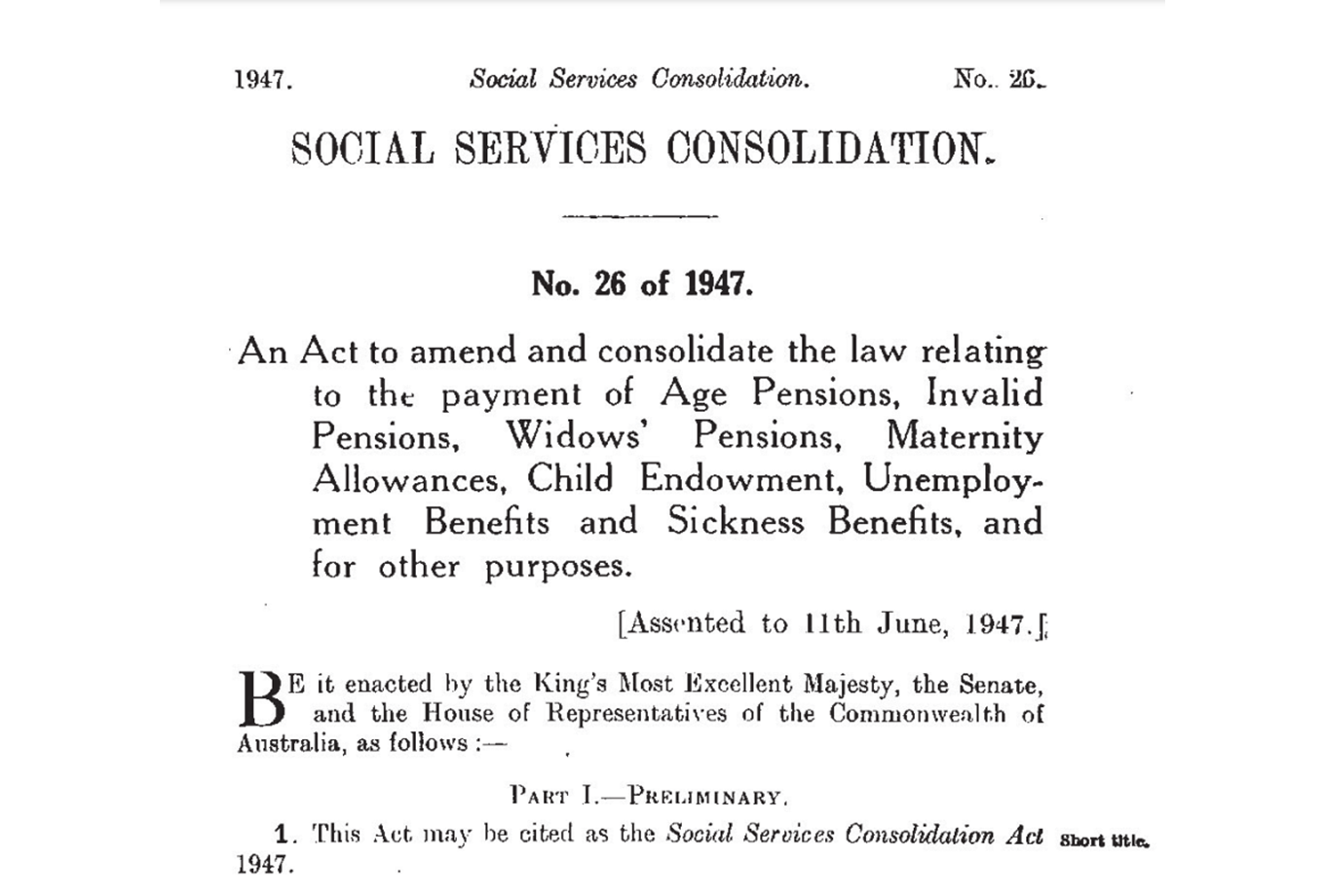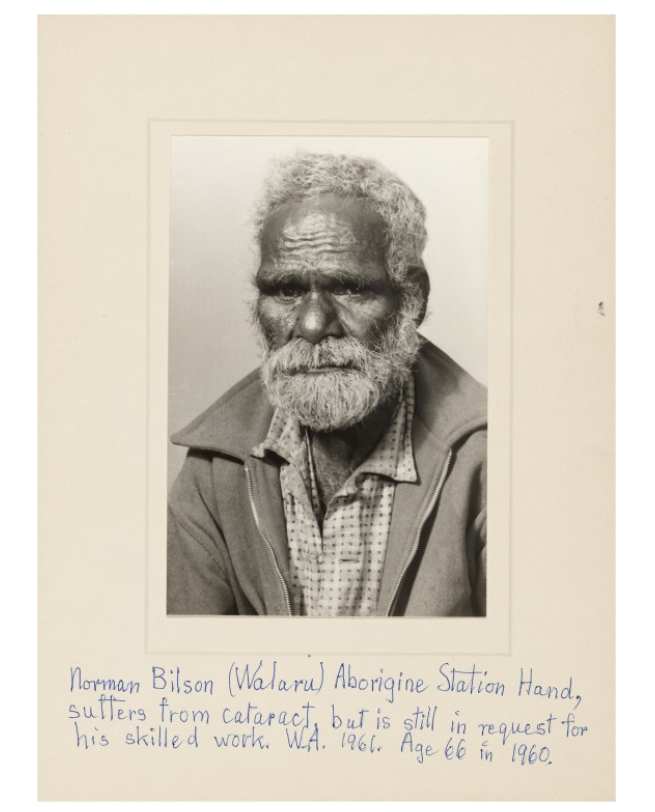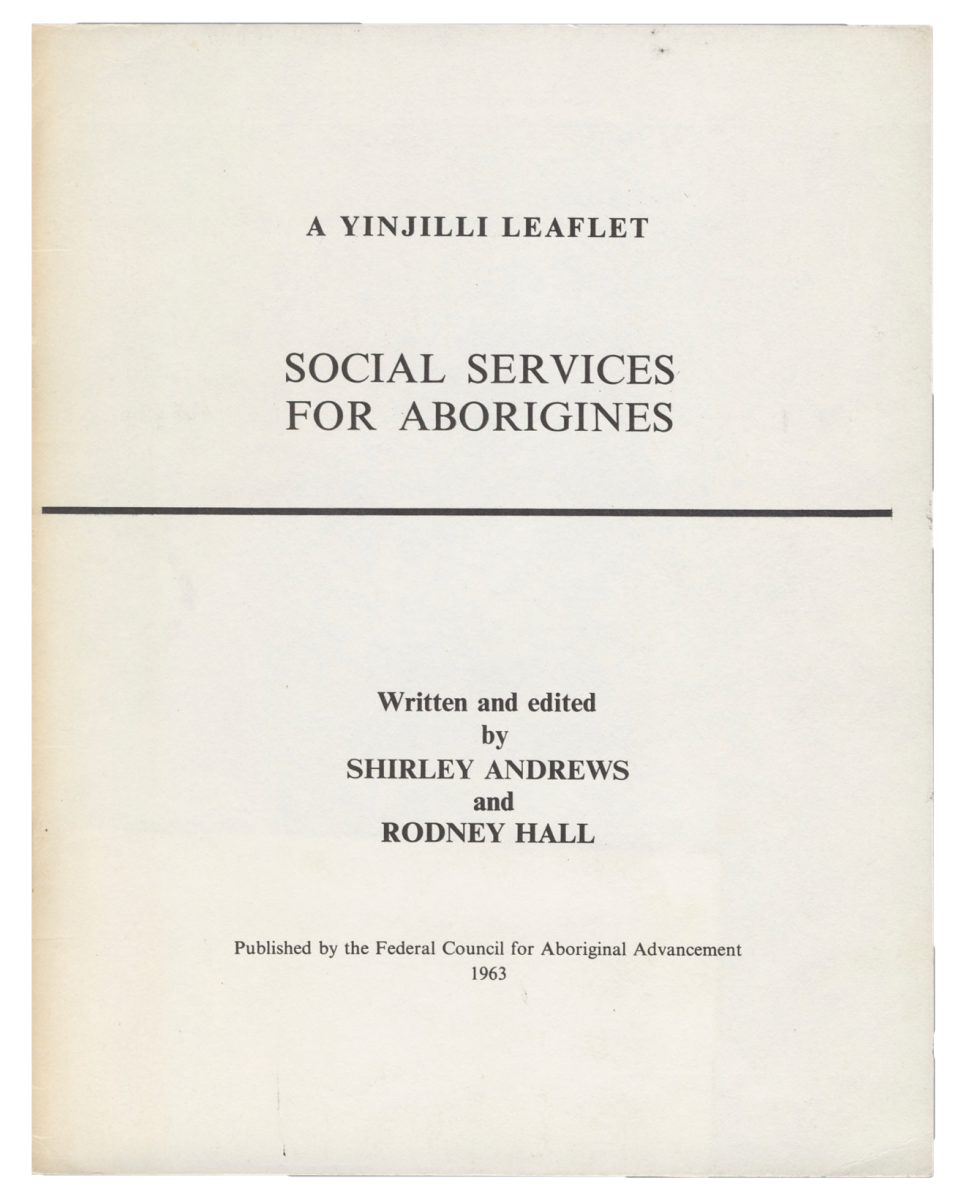
Spanning 50 years, this collection of over 100 artefacts shows significant changes that occurred as Aboriginal and Torres Strait Islander people fought for equal access to government payments and services.
Scroll down to next section1942
Leader fights for fair access to benefits
Aboriginal activist and leader, Pearl Gibbs, fought for fair access to pensions and income support payments. She questioned proposed changes to social services legislation.
Learn more
1947
Social Services Act excludes Aboriginal people
A new Act brought a range of social services together under federal government responsibility. It excluded Aboriginal and Torres Strait Islander peoples from payments unless they had an exemption.
Learn more
1950
Memoir shows wide-ranging discrimination
Doreen Kartinyeri’s life story holds details of a number of issues that her family faced in accessing government payments, including issues with living on missions, exemptions and child removal.
Learn more
1956
DSS handbook shows Aboriginal exclusion
When DSS published a handbook about payments and eligibility for the public, it highlighted Aboriginal peoples’ exclusion from government payments.
Learn more
1961
People face challenges proving age without a certificate
For a long time, Aboriginal people weren’t given birth certificates. Walaru’s experience is an example of how difficult it was to prove age and show eligibility for Old-age Pension.
Learn more
1963
Advocates publish Yinjilli leaflet to help people understand entitlements
With many Aboriginal and Torres Strait Islander people missing out on payments, the Federal Council of Aboriginal Advancement wrote a leaflet to provide guidance about accessing payments.
Learn more
1973
Activists use payments for change
Aboriginal and Torres Strait Islander people used government payments to gain further rights and freedoms. Activist Joyce Clague’s story reveals how payments became linked to land rights.
Learn more
1977
Autobiography details one man’s pension experience
Social services impacted people in different ways. This excerpt from Jimmie Barker’s autobiography details his experience of having to stop work and beginning to get the pension.
Learn more
1979
ABSTUDY ads use Aboriginal artwork
To better reach Aboriginal and Torres Strait Islander audiences, the government started using Aboriginal artwork on their advertisements.
Learn more
1985
The Miller report supports self-determination in employment policies
An influential report on government programs recommended changes to improve employment and education outcomes for Aboriginal and Torres Strait Islander people.
Learn more
1988
Aboriginal Liaison Officers share experiences in training video
To train Aboriginal Liaison Officers, DSS created a video with stories from officers around the country.
Learn more
1991
Torres Strait Islands video uses local footage and languages
DSS made a video to inform Torres Strait Islander people about the payments they could get and how to apply. It was recorded in 4 languages.
Learn more
1991
DSS uses comic to explain a new payment
To give Aboriginal and Torres Strait Islander families information about a new payment, DSS worked with Aboriginal professionals to publish a comic.
Learn more